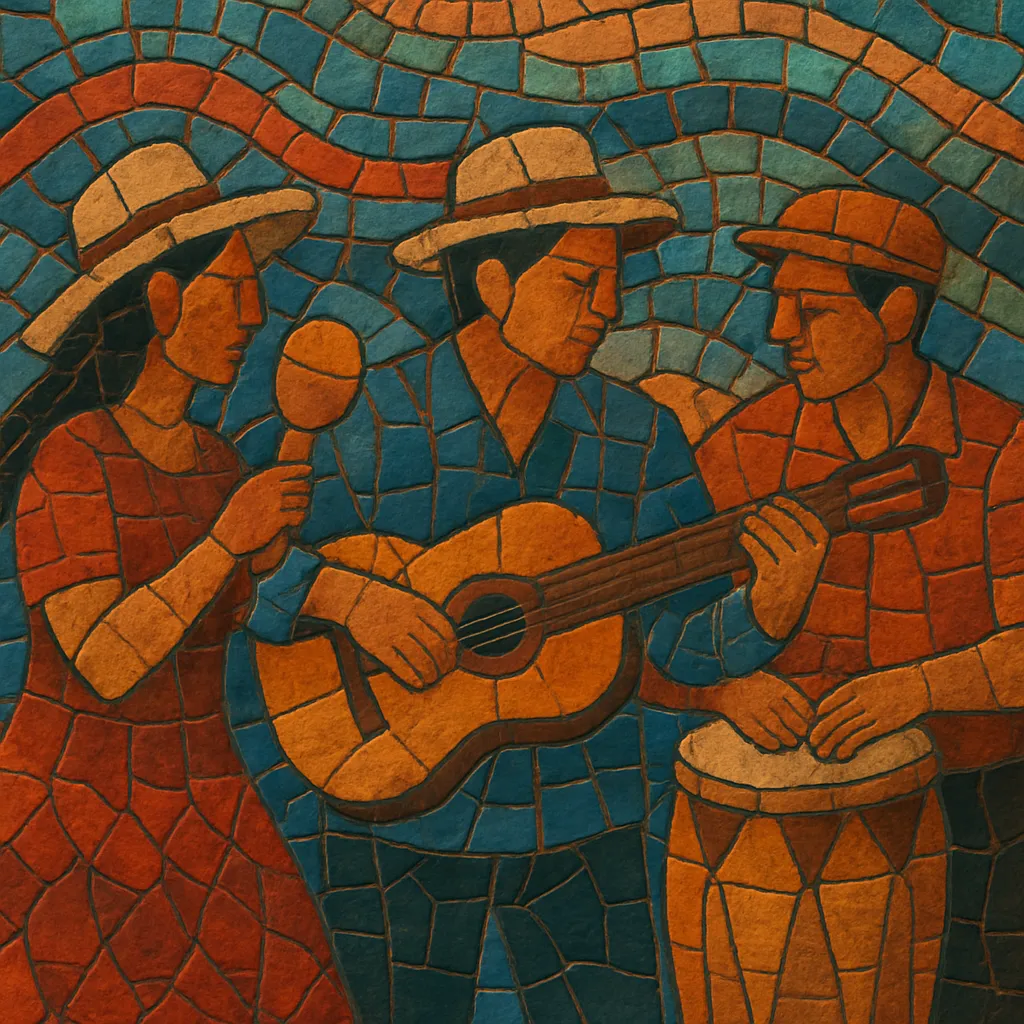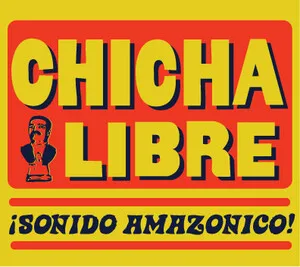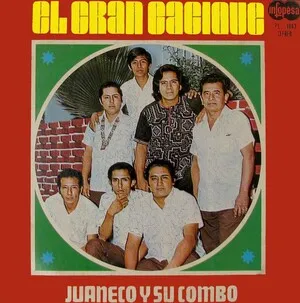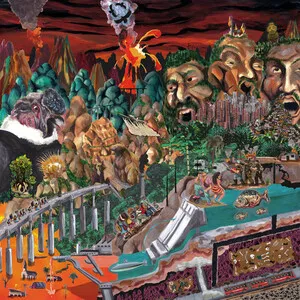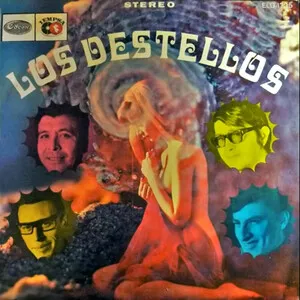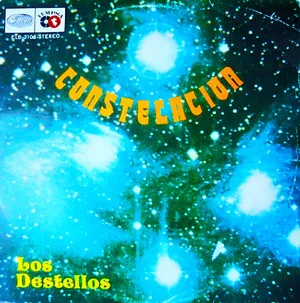Cumbia peruana (often called Peruvian cumbia or, in some strands, chicha) is a guitar-led, psychedelic-tinged reimagining of Colombian cumbia that emerged in Peru in the late 1960s.
It blends the infectious two-step cumbia rhythm with surf and psychedelic rock guitar tones, Andean melodic sensibilities from huayno, and elements of Peru’s coastal vals criollo tradition. The result is a hypnotic, minor-key sound built on shimmering lead guitar lines, warm organs, hand percussion, and a steady, danceable groove.
Over time it branched into regional and social variants—most famously the jungle-infused cumbia amazónica of the 1970s and the migrant urban style known as chicha in the 1980s—while later revivals and digital reinterpretations spread its hallmark guitar-melody aesthetic across Latin America and beyond.
Peruvian cumbia crystallized in Lima during the late 1960s, when bands like Los Destellos began fusing Colombian cumbia rhythms with the electric sounds of surf and psychedelic rock. Clean-but-echoed lead guitars took over the melodic role traditionally held by accordion or brass, while organs, congas, güiro, and drum kit maintained a steady cumbia pulse. Andean melodic turns from huayno and touches of coastal vals criollo added a distinctly Peruvian identity.
In the early to mid-1970s, the style flourished in the Peruvian Amazon through groups such as Juaneco y su Combo and Los Mirlos. This cumbia amazónica emphasized trance-like grooves, reverb-drenched guitars, and jungle-inspired themes, pushing the music further into psychedelic territory while retaining dancefloor appeal.
As internal migration reshaped Peru’s cities, an urban, working-class variant—often called chicha—rose to prominence. Groups like Los Shapis and Chacalón y La Nueva Crema added brighter keyboards, sentimental lyrics about migration and love, and a street-level sensibility. Though sometimes named separately, chicha remained musically rooted in the guitar-forward language of cumbia peruana.
From the 1990s onward, northern Peruvian orchestras (e.g., Armonía 10, Grupo 5) brought a polished, romantic sheen to the style. In the 2000s and 2010s, DJs and bands across Latin America revisited Peruvian cumbia’s guitar lines within digital cumbia and nueva cumbia movements, cementing its influence far beyond Peru while preserving its hypnotic, surf-psychedelic charm.

